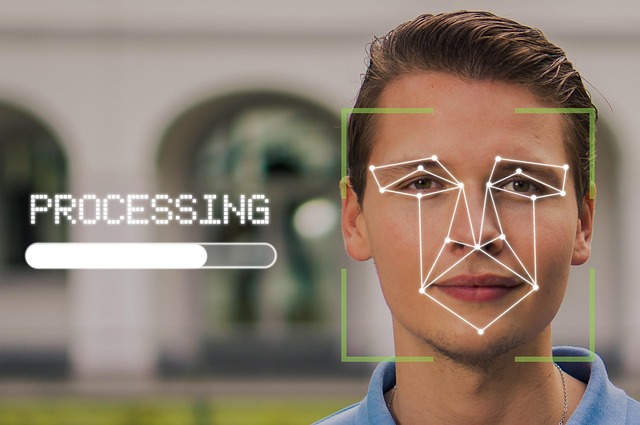
Mastering Authentication: A Coding Guide for IT Informational Technology
In the realm of IT and informational technology, few aspects are as crucial as authentication. With the rise of cyber threats and the need for data security, mastering the art of authentication has become central to building reliable systems. For developers and IT professionals alike, understanding the various methods and best practices for securing user access is not just a technical requirement—it’s a necessity.
Authentication can be likened to the gatekeeper of your digital assets. It ensures that only authorized individuals can access sensitive information, making it a fundamental pillar in the defense against unauthorized access and cyber attacks. As technology evolves, so do the methods of authentication, presenting a landscape filled with opportunities and challenges for coders.
At its core, authentication is the process of validating a user’s identity. This can involve various techniques, ranging from simple username and password combinations to more complex multifactor authentication systems. As an IT professional, you must navigate this spectrum with a keen understanding of each method’s strengths and weaknesses. For instance, while passwords are the most common form of authentication, they are often the weakest link in security chains. Implementing strong password policies and encouraging users to adopt password managers can significantly enhance security.
Furthermore, the advent of biometrics has introduced a new frontier in authentication technology. Fingerprints, facial recognition, and retina scans are becoming more prevalent in consumer technology. For coders, incorporating biometric authentication into applications can not only improve security but also enhance user experience by providing a seamless login process. Nevertheless, it’s essential to balance security and convenience to avoid alienating users.
As we delve deeper into coding for authentication, the concept of OAuth and OpenID Connect surfaces as pivotal mechanisms for managing secure access. These protocols allow applications to securely delegate access without compromising user credentials, enabling a smoother integration with third-party services. Understanding how to implement these protocols can open doors for developers, allowing them to create applications that are both secure and user-friendly.
Additionally, employing JWT (JSON Web Tokens) is a powerful method for stateless authentication. This technique allows for efficient handling of user sessions across different platforms and devices. By mastering JWT, developers can ensure that their applications maintain secure and scalable authentication processes, further securing the user experience.
It’s also essential to keep in mind the importance of regular audits and updates to your authentication systems. Cyber threats continuously evolve, and so must your security practices. Engaging in routine penetration testing and vulnerability assessments can help uncover potential weaknesses before they are exploited. As a coder, it’s vital to build a culture of security within your team, fostering an environment where best practices in authentication are the norm.
In conclusion, mastering authentication is not merely about learning lines of code; it’s about recognizing the underlying principles that keep our digital landscapes secure. By embracing the challenging yet essential nature of creating robust authentication systems, you can become a vital asset in the fast-paced world of IT and informational technology.



